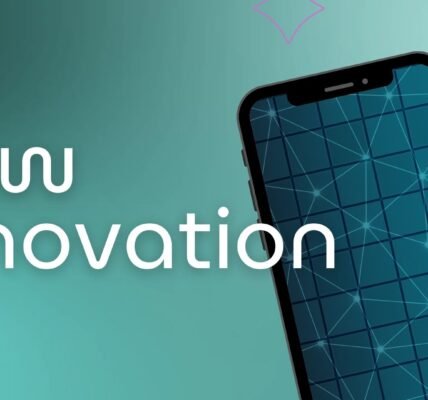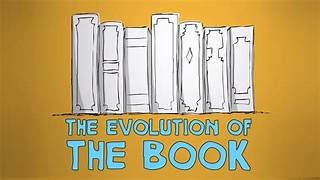Curriculum changes and developments play a crucial role in shaping the future of education. As the world evolves, educational systems must adapt to prepare students for the challenges and opportunities ahead. This blog explores the key aspects of curriculum changes and developments, highlighting the strategies and innovations that are transforming teaching and learning.
The Need for Curriculum Changes
Education must evolve to keep pace with societal changes. Advances in technology, shifts in the job market, and new educational research drive the need for curriculum changes. Educators and policymakers must ensure that curricula remain relevant and effective. By updating curricula, schools can provide students with the skills and knowledge they need to succeed in the modern world.
Integrating Technology in the Curriculum
One of the most significant developments in education is the integration of technology into the curriculum. Digital tools and resources enhance teaching and learning, making education more interactive and engaging. For example, incorporating coding and programming into the curriculum prepares students for careers in technology. Virtual reality (VR) and augmented reality (AR) create immersive learning experiences, helping students understand complex concepts.
Educators also use online platforms to facilitate remote learning and access to educational resources. This approach ensures that students can continue their education regardless of location. By embracing technology, schools can create dynamic and flexible learning environments that cater to diverse learning needs.
Emphasizing Critical Thinking and Problem-Solving
Modern curricula place a strong emphasis on critical thinking and problem-solving skills. These skills are essential for students to navigate an increasingly complex world. Educators use project-based learning (PBL) to foster critical thinking and problem-solving. In PBL, students work on real-world projects that require them to apply their knowledge and skills.
Collaborative learning also encourages critical thinking and problem-solving. By working in teams, students share ideas, debate solutions, and develop their reasoning abilities. This approach prepares students for the collaborative nature of the modern workplace.
Promoting STEAM Education
STEAM (Science, Technology, Engineering, Arts, and Mathematics) education is gaining prominence in modern curricula. Integrating the arts into STEM education fosters creativity and innovation. This interdisciplinary approach helps students develop a well-rounded skill set, combining analytical and creative thinking.
For instance, incorporating art and design into engineering projects allows students to explore the aesthetic and functional aspects of their creations. This approach not only enhances technical skills but also encourages students to think outside the box and develop innovative solutions.
Addressing Social and Emotional Learning (SEL)
Social and emotional learning (SEL) is becoming an integral part of modern curricula. SEL focuses on developing students’ emotional intelligence, self-awareness, and interpersonal skills. These skills are crucial for students’ overall well-being and success in life.
Educators incorporate SEL into the curriculum through activities that promote empathy, teamwork, and resilience. For example, classroom discussions on emotions and relationships help students understand and manage their feelings. By prioritizing SEL, schools create supportive learning environments that nurture students’ emotional and social development.
Adapting to Diverse Learning Needs
Inclusive education is a key focus in curriculum development. Schools must cater to the diverse learning needs of all students, including those with special educational needs (SEN). Differentiated instruction and personalized learning plans ensure that every student receives the support they need to succeed.
Educators use various strategies to accommodate different learning styles and abilities. For instance, visual aids, hands-on activities, and technology tools help students with different learning preferences. By creating an inclusive curriculum, schools promote equity and ensure that all students have access to quality education.
Incorporating Global Competence
In an increasingly interconnected world, global competence is a vital skill for students. Modern curricula include elements that foster an understanding of global issues and diverse cultures. Educators use cross-cultural projects, language learning, and discussions on global events to develop students’ global competence.
For example, students may collaborate with peers from other countries on joint projects, gaining insights into different perspectives and cultures. This approach helps students develop empathy, open-mindedness, and a sense of global citizenship.
Continuous Professional Development for Educators
Effective curriculum changes require continuous professional development (PD) for educators. Teachers must stay updated with the latest educational research, teaching strategies, and technological tools. PD programs provide educators with the knowledge and skills needed to implement curriculum changes effectively.
For instance, workshops on integrating technology into the classroom help teachers make the most of digital resources. Collaborative PD sessions allow teachers to share best practices and learn from each other. By investing in PD, schools ensure that educators are equipped to deliver high-quality education.
The Role of Policy and Research
Policy and research play a crucial role in driving curriculum changes and developments. Educational policies set the framework for curriculum design, ensuring alignment with national and global standards. Research provides insights into effective teaching practices and learning outcomes, guiding curriculum development.
Policymakers and researchers collaborate with educators to create evidence-based curricula that meet the needs of modern learners. For example, research on the benefits of project-based learning informs the integration of PBL into the curriculum. By grounding curriculum changes in research and policy, schools ensure that their approaches are effective and sustainable.
Conclusion
Curriculum changes and developments are essential for preparing students for the future. By integrating technology, emphasizing critical thinking, promoting STEAM education, and addressing social and emotional learning, schools create dynamic and relevant curricula. Inclusive education, global competence, and continuous professional development further enhance the learning experience.




